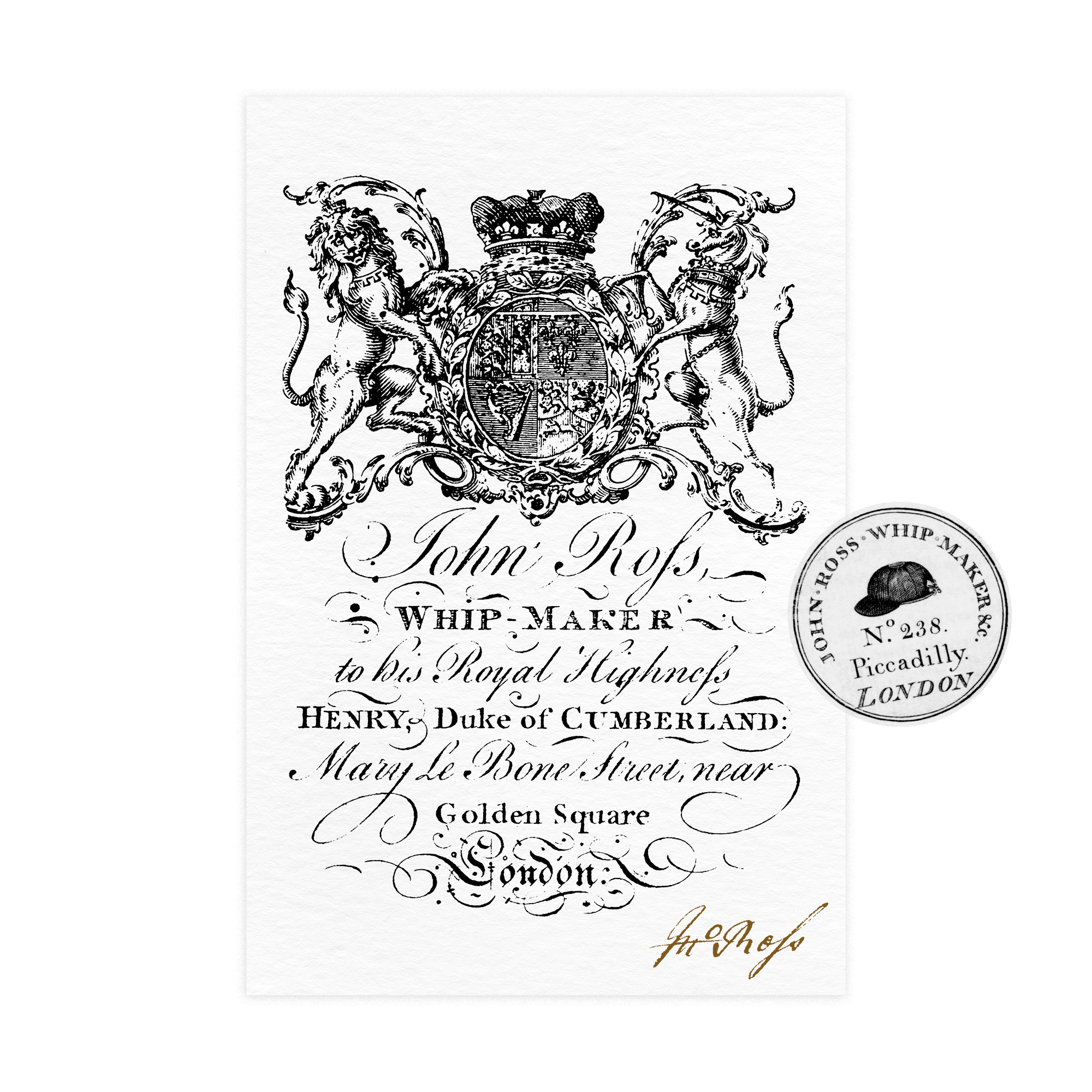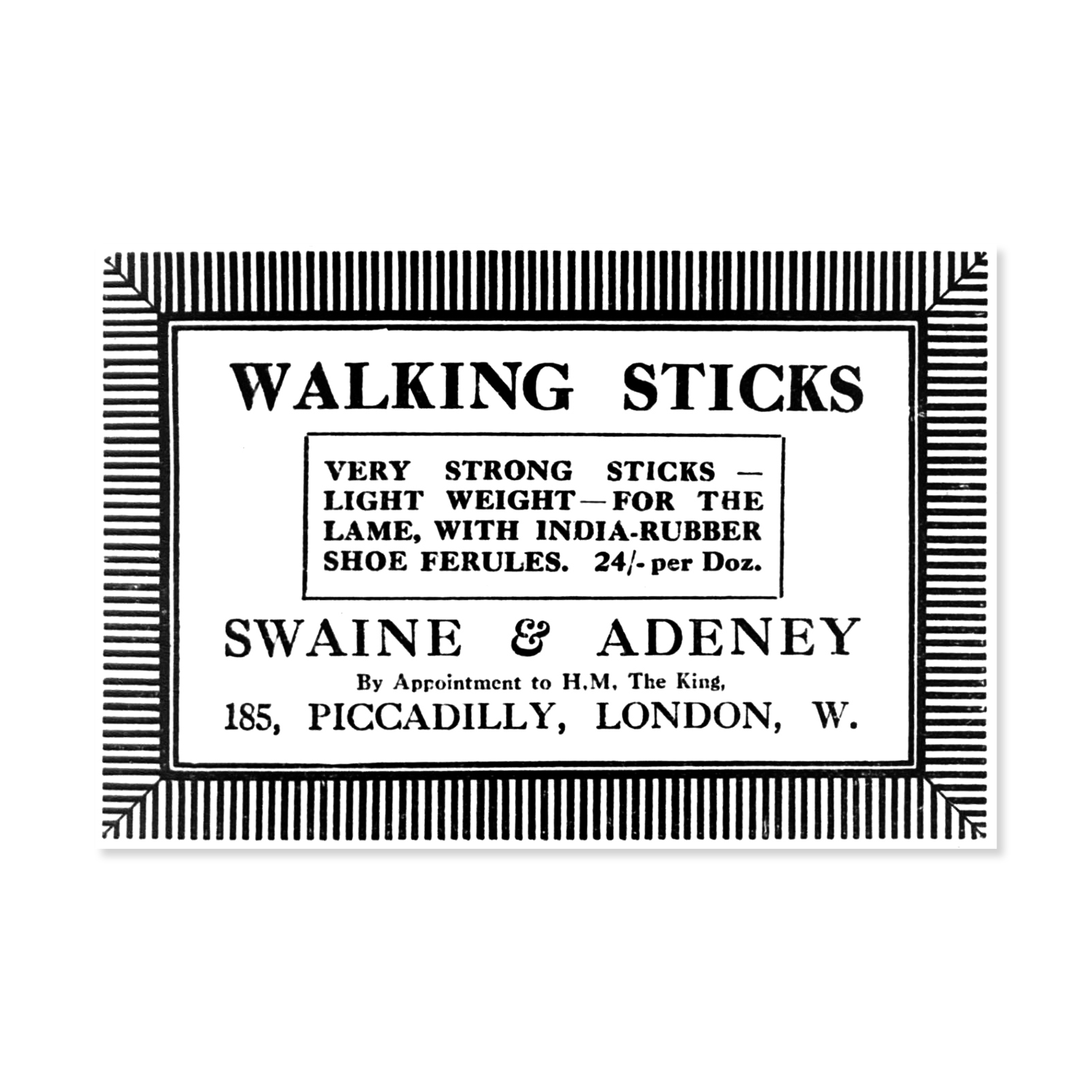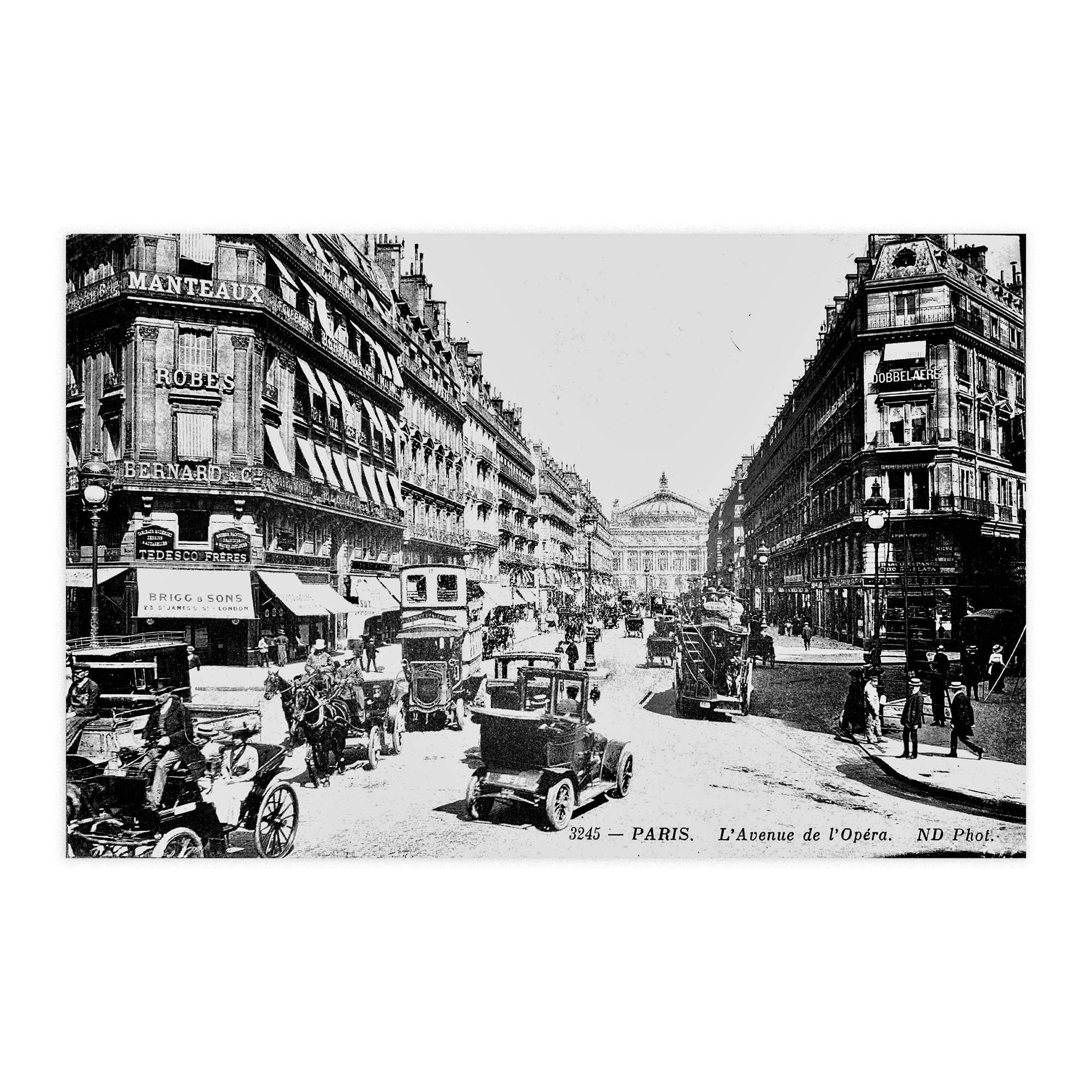Royal Affiliations: Hats, Umbrellas & Whips

John Ross
Swaine has maintained a longstanding association with the royals, providing them with hats, umbrellas, and whips - starting with the founder of Swaine, John Ross.
By March 1770 John Ross was trading at 238 Piccadilly. He advertised himself in the Daily Adviser as ‘Whip-maker to the Royal Family’. (Read more about John Ross)
Upon the business’ sale, John Ross, ‘Late Whip-Maker to His Majesty’ begged leave to return his most grateful thanks to the Nobility and Gentry for the past favours’ and requested that their future Commands may be transferred to Swaine and Co., his successor in trade.

Swaine & Co
Following the transfer of ownership, Swaine & Co. had as early as 1798 advertised themselves on their letterhead as whip makers to His Majesty George III.
The account book also shows that Swaine’s customers included George III’s consort, Queen Charlotte, and four of his sons: the Prince Regent, the future George IV; the Duke of Cumberland who would become Ernest Augustus I, King of Hanover; and the Duke of Cambridge, Prince Adolphus. Among these, it was the Prince Regent and his dandified friends who truly established the standard for the sale of top-quality whips during this period.

Swaine & Isaac
In 1837 Swaine & Isaac consolidated their elite reputation with a converted appointment as whip-makers to the new queen, Victoria.
Securing Queen Victoria's patronage held particular significance. Despite the prevalent image of her as an older, stouter widow, it's important to remember the fresh perspective she brought upon her accession in 1837. Victoria's youthfulness contrasted sharply with the reigns of three ageing kings preceding her, making her the first young monarch since George III's ascension in 1760.
Queen Victoria, skilled in horseback riding, confidently handled the delicate side-saddles despite concerns from some advisers who preferred she use a carriage for outdoor activities. However, she insisted on making public appearances on horseback.
Initially, the whips made by Swaine & Isaac for Queen Victoria were likely more fashion statements than tools for equestrian control. This trend persisted until the 1860s when the introduction of two-pommelled side saddles revolutionised the riding experience for genteel women, enabling them to gallop and jump safely. Consequently, women's whips transitioned from decorative pieces to functional tools, allowing aristocratic women to fully engage in hunts while upholding modesty conventions. Many surviving antique ladies' whips today are hunting whips.

Swaine & Adeney
Under Edward Swaine and James Adeney's leadership, the company expanded significantly. By the 1830s, European royals, including Louis Philippe, King of France, were among their esteemed clients.
In March 1863, Swaine & Adeney were appointed whip manufacturers to Albert Edward, Prince of Wales, and were tasked with crafting two carriage whips for his wedding to Princess Alexandra of Denmark.
As the railway industry encroached on the market for coaching whips, Swaine & Adeney shifted focus to crafting bespoke pieces for hunting and horse racing enthusiasts. The Prince of Wales's passion for these pursuits earned him praise from manufacturers and the sporting press, who hailed him as the saviour of British equestrian traditions.

Swaine & Adeney Ltd
Edwards official booklet "In Good Hands" illustrates the increasing need in the 1920s, to survive and thrive in the machine made age. In the 1920s they developed an extensive line of hand-made leather gloves, for which they were rewarded in 1931 with a new royal warrant as glove makers to George V.

Brigg Royal Affiliations
Brigg's commitment to superior craftsmanship and artistic excellence led to their first royal warrant as umbrella-makers to Queen Victoria, marking the first time an umbrella had received such an honour from royalty.
This royal association continued to flourish. In 1899, Brigg established a showroom in Paris, situated at 33 Avenue de L'Opéra. This location served as a gateway to the Continent, attracting further royal patrons such as the King and Queen of Spain, the King and Queen of Portugal, the Queen of Norway, and the Duchess of Sparta.

Herbert Johnson Royal Affiliations
In 1901, Herbert Johnson swiftly received a prestigious warrant of appointment as Hatter to His Majesty King Edward VII. This warrant was renewed annually throughout Edward's reign and extended into the reigns of subsequent monarchs.
From 1952 onwards, the press regularly referred to the company as "the Queen's Hatters". Following Edward's lead, other European crowned heads also bestowed patronage and warrants of appointment, including Nicholas II, Tsar of Russia; George I, the Danish King of the Hellenes; and Wilhelm II, Emperor of Germany.















